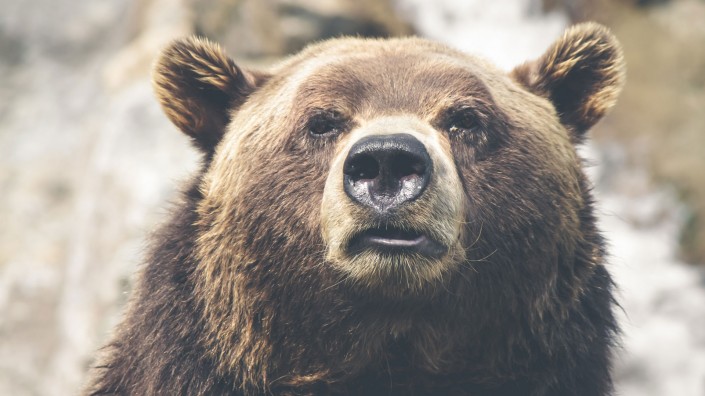On one of the world’s largest natural harbors, New York City consists of five boroughs, each of which is a county of New York State. […]


On one of the world’s largest natural harbors, New York City consists of five boroughs, each of which is a county of New York State. […]

Bears are mammals of the family Ursidae. Bears are classified as caniforms, or doglike carnivorans, with the pinnipeds being their closest living relatives. Although only […]

In philosophy, ideas are usually construed as mental representational images of some object. Ideas can also be abstract concepts that do not present as mental […]

Coffee is a brewed beverage prepared from the roasted or baked seeds of several species of an evergreen shrub of the genus Coffea. The two […]

The orientation of a map is the relationship between the directions on the map and the corresponding compass directions in reality. The word “orient” is […]

Bears are mammals of the family Ursidae. Bears are classified as caniforms, or doglike carnivorans, with the pinnipeds being their closest living relatives. Although only eight species of bears are extant, they are widespread, appearing in a wide variety of habitats throughout the Northern Hemisphere and partially in the Southern Hemisphere. Bears are found on the continents of North America, South America, Europe, and Asia.
Common characteristics of modern bears include large bodies with stocky legs, long snouts, shaggy hair, plantigrade paws with five nonretractile claws, and short tails. While the polar bear is mostly carnivorous, and the giant panda feeds almost entirely on bamboo, the remaining six species are omnivorous with varied diets.
With the exception of courting individuals and mothers with their young, bears are typically solitary animals. They are generally diurnal, but may be active during the night (nocturnal) or twilight (crepuscular), particularly around humans. Bears possess an excellent sense of smell and, despite their heavy build and awkward gait, are adept runners, climbers, and swimmers. In autumn, some bear species forage large amounts of fermented fruits, which affects their behaviour. Bears use shelters, such as caves and burrows, as their dens; most species occupy their dens during the winter for a long period (up to 100 days) of sleep similar to hibernation.
Leave a Reply